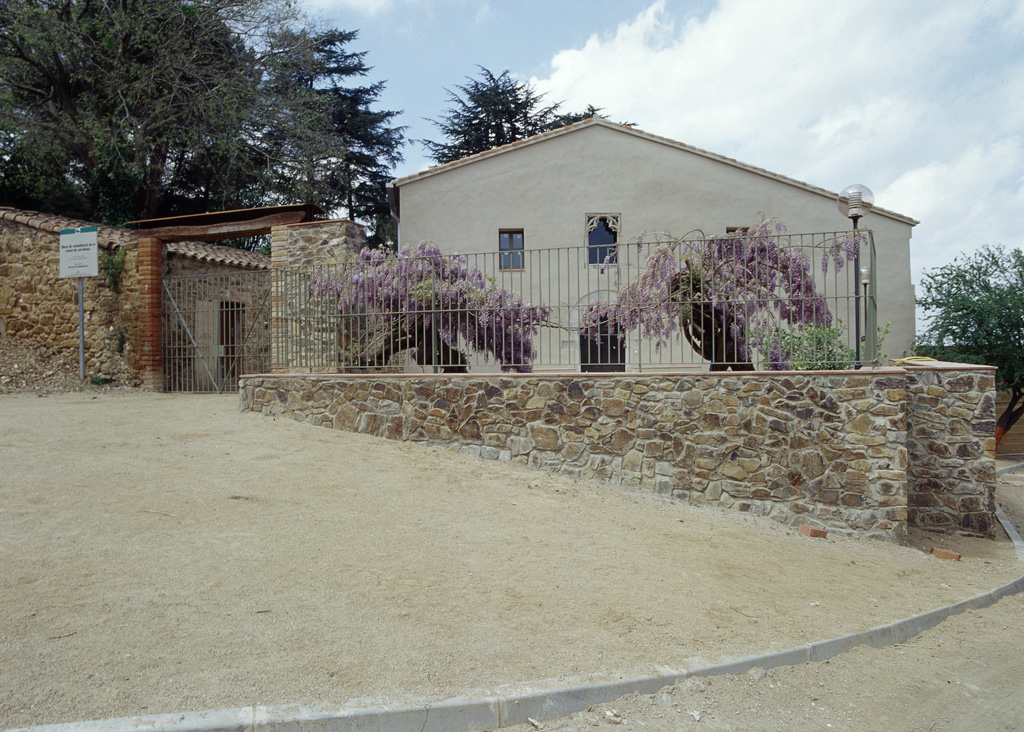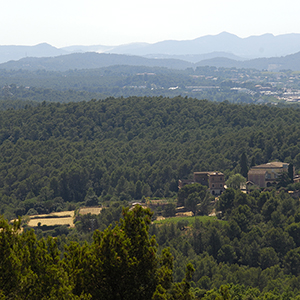Continuous monitoring of the Park’s natural systems provides a range of data with which to determine the most suitable management measures to encourage biodiverse, sustainable ecosystems
Main lines of work
Monitoring programmes, studies and reports related to management of the Park
Programmes for continuous monitoring of the Park’s flora and fauna deliver an ongoing stream of data which has enabled improvements in the management of its natural spaces.
We differentiate studies led by the Park’s Technical Services department from those conducted via direct commission to an outside institution and/or researchers.
Research
The essential requirement of research in the Park is to generate information which is beneficial to its management. Studies began in 1987, with the programme of fauna awareness and management implemented by the Natural Environment Service. This project carried out in-depth investigations into all areas related to the conservation and enhancement of Collserola’s wildlife resources. Subsequently and coinciding with inauguration of the Biological Station in the Park in 2003, other more ambitious research programmes were initiated, essentially based on forest ecology and landscape ecology.
The lines of research within the framework of these programmes include:
— Study and monitoring of the fauna, with the aim of improving knowledge of species and their requirements with respect to the condition of habitats, detection of issues and evaluation over time of the global trends in wildlife populations in relation to management carried out to date.
— Preparation of management proposals based on data from fauna monitoring which gives us an insight into the ecological processes of habitats. Specific lines have also been developed to find the response of ecosystems to “natural” disruptions (fires, snowfalls, etc.) or to those arising from human interventions on the environment.
— Dissemination and awareness-raising. In addition to information and dissemination through the Consortium’s usual communication channels, representatives have also participated in numerous scientific and awareness-raising forums.
Landscape ecology
Information on wildlife management acquired over the years has been incorporated into the framework of conservation and management inherent in the major environmental issues of the Park:
— effects of infrastructures
— habitat fragmentation
— ecological connectivity
This also resulted in initiation of a line of studies into flora and vegetation and how they are affected by landscape changes.
All of this work has proved particularly significant, as it provided the basis for reports supporting the declaration of the Serra de Collserola Natural Park and the two integral nature reserves of Can Balasc-Rierada and Font Groga.
Biological station of the Natural Park
The biological station of the Serra de Collserola Natural Park is a facility attached to the Natural Environment Service and located in the Can Balasc estate. Covering a wooded area of 78.5 ha and encompassing several buildings, this estate is owned by Barcelona City Council, lies in the municipal district of Barcelona and is assigned to the Consortium through an agreement.
The station provides the base from which to conduct the diverse research and monitoring studies in relation to the natural environment carried out in the Park, either directly or through agreements with scientific institutions.

Organisations and bodies that collaborate in study and research projects in the Park
- Museu de Ciències Naturals de Granollers
- Institut Català d’Ornitologia (ICO)
- Parc Zoològic de Barcelona i Ajuntament de Barcelona
- Fundació Miquel Agustí
- CRARC (Centre de Recuperació d’Amfibis i Rèptils de Catalunya)
- Galanthus, Estudi i Divulgació del Medi Ambient
- Societat Catalana d’Herpetologia
- Jordi Jubany i Joaquim Muñoz
- Guim Ursul Colomé, Ambientòleg



